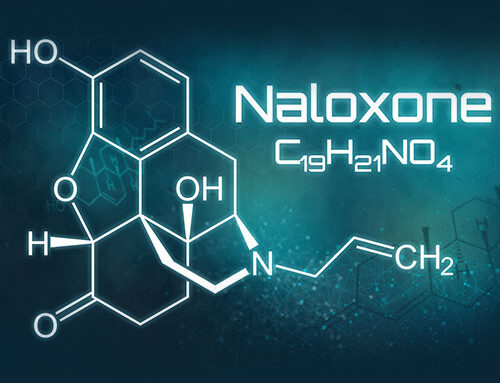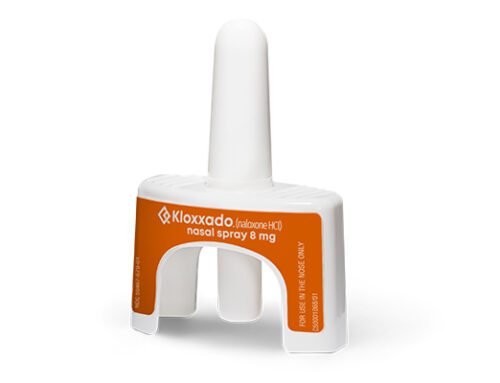Did you know that more than half of adults aged 65 and older take 4 or more prescription drugs? For many, it’s because they’re managing conditions like high blood pressure, diabetes and/or arthritis. Chronic pain is also common, and many take prescription opioids—some at high doses—to get relief. Yet research shows that only a small percentage of patients who take prescription opioids are also prescribed naloxone. Read on to learn more about the importance of naloxone for older adults on medications, and why loved ones and/or caregivers should keep a naloxone product like KLOXXADO® (naloxone HCl) Nasal Spray 8 mg on hand for emergencies.
Many older adults are prescribed opioids
According to a 2021 article published in the Journal of the American Geriatrics Society, nearly 3 million adults received prescription opioids between 2011 and 2015, and half of them were older than 65. And while overall opioid prescribing has declined over the last decade, prescription opioid fill rates have remained high in older patients.
Older adults are often prescribed multiple medications
As people age and require multiple medications, they can encounter a number of drug-related risks. Physical changes can affect how the body uses and breaks down certain medicines. Cognitive changes can lead to a forgotten dose or other medication errors. Taking multiple medications can also increase the chances of dangerous drug interactions. Consider opioids and antidepressants or anti-anxiety medicines, for example. People who take both face a higher risk of accidental opioid overdose because of how these medications interact.
Many older people are at risk for this specific type of drug interaction. A 2022 study of Medicare patients showed that nearly a quarter of participants took both high daily doses of opioids (ie, ≥50 morphine milligram equivalents, or MMEs) and CNS active drugs (eg, anti-anxiety drugs, antidepressants, muscle relaxers and/or anticonvulsants). The combination can be risky, so it’s important to be prepared for an opioid overdose emergency.
Most older adults who take opioids do not receive naloxone
Naloxone can be given safely to people of all ages, from infants to elderly adults. However, research has shown that naloxone is underprescribed among the older patients who may need it most. In spite of the higher overdose risk faced by patients who were taking both opioids and CNS active medications, one study showed that just 9% received naloxone over a 2-year period. In a survey of primary care providers who prescribe opioids to older adults, 87% indicated that they rarely or never prescribe naloxone to older patients.
Protect your older loved one from accidental opioid overdose
If you have an older loved one who takes prescription opioids, you shouldn’t necessarily assume that the doctor has given them a naloxone product to have on hand in case of an accidental overdose. Consider accompanying your loved one to their next checkup to remind them to ask the doctor for a naloxone prescription, or request naloxone from a local community-based program in your area. Other things you can do to help your older loved one stay safe include:
- Make a List—Write down all the prescription drugs, over-the-counter medicines, vitamins and supplements your loved one takes. Encourage them to share this information with all of their healthcare professionals.
- Create a Single Point of Contact—Fill all prescriptions at the same trusted pharmacy. That way, the pharmacist can help your loved one avoid dangerous prescription drug interactions and duplicate prescriptions.
- Know the Signs of Opioid Overdose—Opioid overdose is a life-threatening medical emergency. Some signs of an opioid overdose include:
– pale face and skin that is clammy to the touch
– limp body
– unresponsiveness and/or inability to speak
– slowed or stopped breathing and/or heart rate
Be prepared to act if you see the signs of overdose. Keep a naloxone product like KLOXXADO® in the home for use in case of emergency. To learn more about opioid overdose and how KLOXXADO® Nasal Spray works, visit KLOXXADO.com.
Please see the Full Prescribing Information and Medication Guide for KLOXXADO® for complete product details.
NOTE: This article was not written by a medical professional and is not intended to substitute for the guidance of a physician. These are not Emergent’s recommendations, but rather facts and data collected from various reliable medical sources. For a full list of resources and their attributing links, see below.





